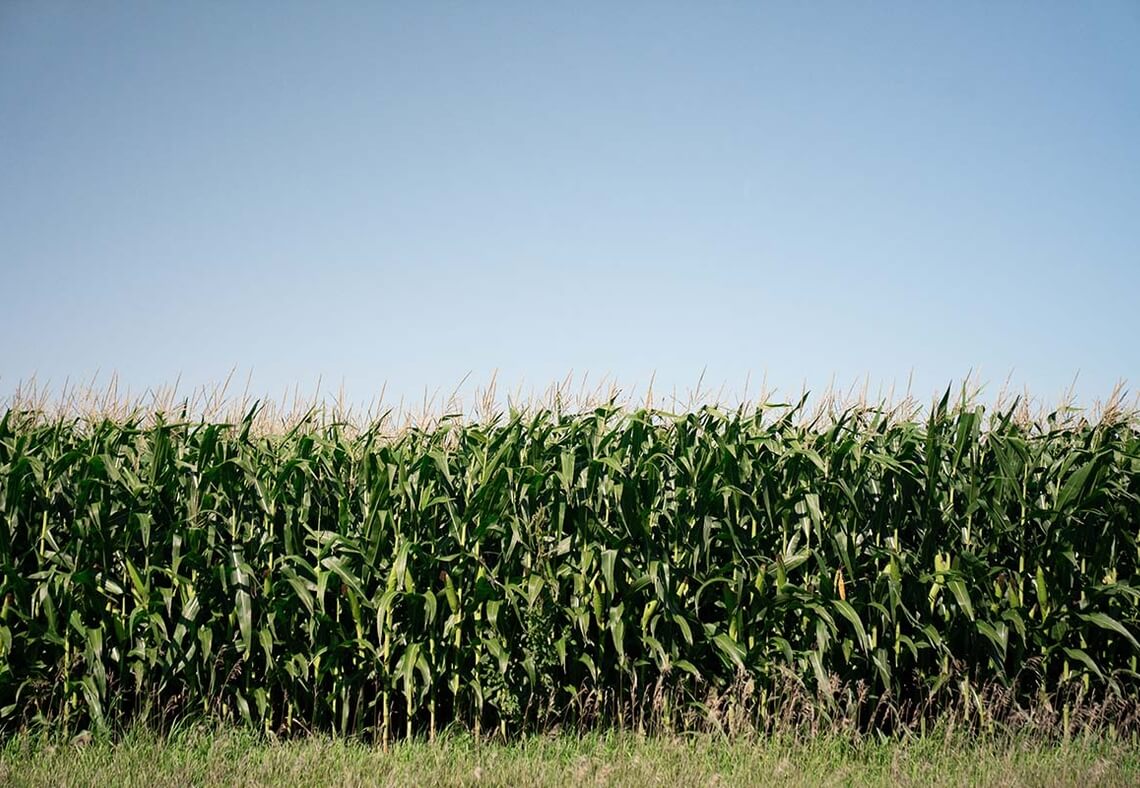
Originally published October 20, 2020. This article was edited to meet broker-dealer compliance guidelines in September of 2023. Known for historical inflation hedging and noncorrelation to traditional assets, farmland as an investment has been touted as a strong alternative to assist in an overall portfolio diversification strategy. It may strike you as a niche alternative, but with roughly 900 million acres in the U.S., farmland is a vast asset class with tons of diversity. That means real estate investors have a lot of choice about what kind of farmland to invest in, and it’s very possible to achieve further diversification within a portfolio of farmland. When it comes to farmland investments, one of the most useful distinctions is between row crops and permanent crops. Although there are many more, these two types of cropland encompass just about all productive land directly used to grow food, fuel, and fiber. Each type offers different risk and return profiles, behaves differently with respect to cash flows and appreciation, and requires different diligence considerations. Read this article to start designing a farmland investing strategy that takes these differences into account.


